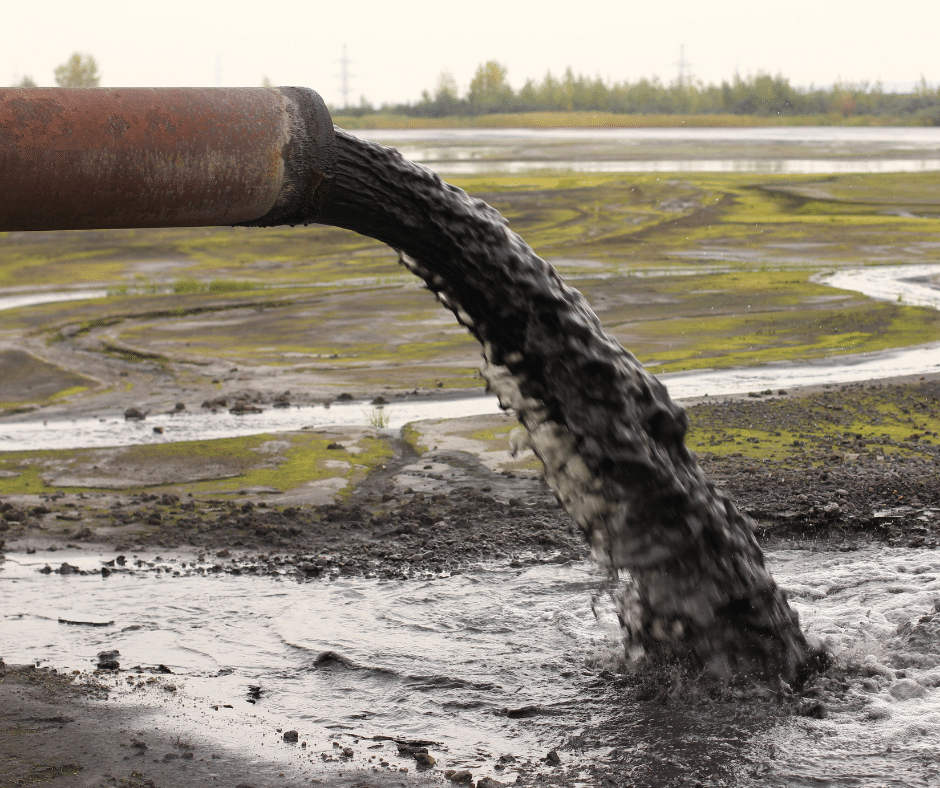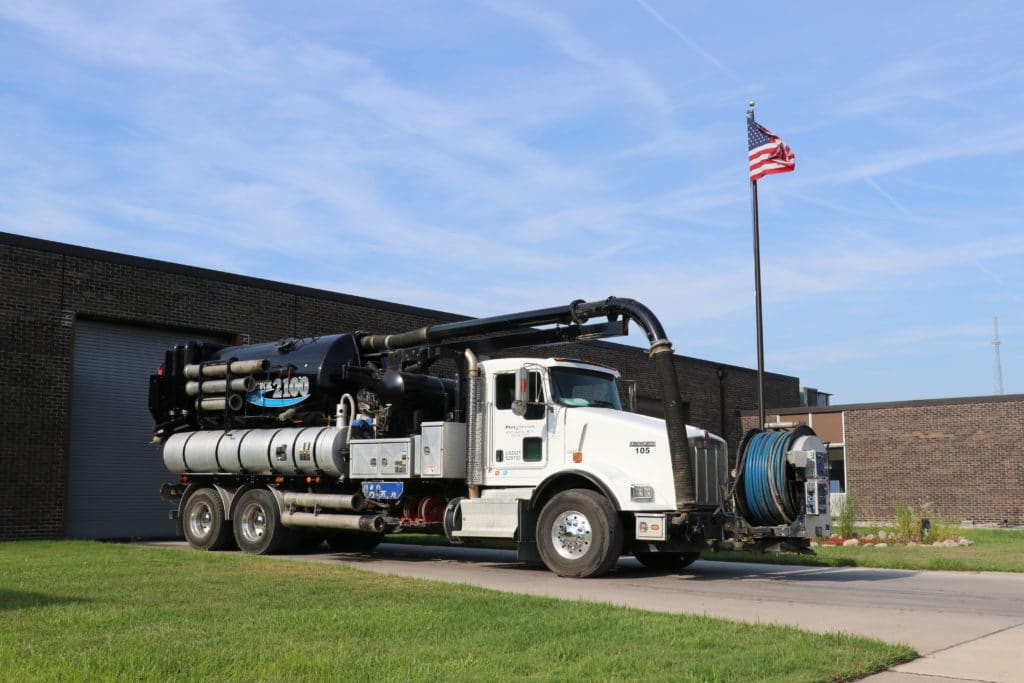How Liquid Waste Disposal Works: A Comprehensive Introduction of Strategies and Technologies Employed

Review of Fluid Waste Types
The complexity of fluid waste types demands a comprehensive understanding of their attributes and effects for disposal. Liquid waste can generally be categorized into numerous types, consisting of commercial, local, agricultural, and harmful waste. Each category shows distinct homes, calling for certain administration techniques to reduce ecological and wellness threats.
Industrial liquid waste originates from manufacturing processes and frequently includes a series of impurities, such as heavy metals, solvents, and organic substances. Local fluid waste, mainly making up wastewater from homes and business facilities, contains raw material, nutrients, and virus (industrial wastewater treatment). Agricultural liquid waste, including overflow from farms, might include fertilizers, pesticides, and animal waste, presenting dangers to water quality and ecological communities
Harmful liquid waste is defined by its poisoning, sensitivity, or potential to trigger injury. Comprehending these varied liquid waste types is critical for establishing reliable disposal approaches and making certain compliance with environmental laws.
Physical Therapy Techniques

Testing is the first action, where bigger fragments and debris are eliminated from the fluid waste making use of screens or grates. This procedure protects downstream equipment from damage and guarantees smoother operation. Complying with screening, sedimentation uses gravitational force to different solids from liquids. In sedimentation tanks, larger particles work out near the bottom, developing a sludge layer, while the made clear liquid can be further treated.
Filtering is another vital technique that entails passing the fluid through porous materials, such as sand or membranes, to capture smaller bits. This step improves the top quality of the liquid, making it suitable for subsequent treatment procedures.

Chemical Treatment Strategies
Chemical therapy methods are crucial for efficiently managing fluid waste, particularly in dealing with dissolved and colloidal impurities that physical approaches might not effectively eliminate. These strategies use various chemical agents to neutralize, speed up, or change dangerous materials into much less hazardous kinds.
One common technique is coagulation and flocculation, where chemicals such as alum or ferric chloride are added to advertise the aggregation of suspended particles. This procedure boosts sedimentation, permitting less complicated removal of the resulting sludge. In addition, oxidation procedures, employing agents like chlorine or ozone, are employed to break down intricate organic compounds and pathogens, making the waste more secure for discharge or more treatment.
Neutralization is one more crucial technique, which changes the pH of acidic or alkaline waste streams to neutral levels, avoiding possible damage to downstream systems and the atmosphere. Furthermore, progressed oxidation procedures (AOPs) utilize mixes of oxidants and ultraviolet light to break down persistent toxins, accomplishing a higher level of therapy efficiency.
Biological Therapy Procedures
Biological treatment procedures play an important role in the monitoring of fluid waste by utilizing bacteria to disintegrate raw material and decrease impurity levels. These procedures can be generally classified right into anaerobic and cardio treatments, article source each using details microbial communities to accomplish reliable waste destruction.
Cardiovascular treatment involves the use of oxygen to facilitate the failure of natural products internet by microorganisms. This process is typically implemented in turned on sludge systems, where aeration containers give a conducive setting for microbial growth, causing the oxidation of natural toxins. The resultant biomass can be divided from treated effluent with sedimentation.
On the other hand, anaerobic treatment happens in the lack of oxygen, relying on different germs to damage down natural matter. This approach is specifically advantageous for high-strength waste, as it creates biogas, a renewable resource resource, while decreasing sludge production. Technologies such as anaerobic digesters are regularly used in industrial and community applications.
Both anaerobic and cardio organic therapies not just minimize the environmental influence of fluid waste yet additionally facilitate resource healing, making them essential components of lasting waste administration methods. Their adaptability, efficiency, and performance support their widespread execution across different industries.
Arising Technologies in Disposal
Innovative methods to liquid garbage disposal are rapidly developing, driven by improvements in technology and a raising focus on sustainability. Amongst these arising modern technologies, membrane layer bioreactors (MBRs) have actually obtained traction for their capability to integrate organic therapy with membrane purification, causing high-grade effluent that can be reused in numerous applications. MBRs enable smaller sized footprints and a lot more efficient procedures compared to traditional systems.
One more you could try this out encouraging advancement is using anaerobic digestion integrated with nutrient healing innovations, which not just deals with fluid waste however also creates biogas and recovers beneficial nutrients like nitrogen and phosphorus. This twin benefit enhances source efficiency and lowers environmental impact.
Additionally, advanced oxidation processes (AOPs) are being embraced for the deterioration of intricate natural contaminants. These approaches utilize powerful oxidants and drivers to break down pollutants at the molecular level, providing a highly efficient remedy for challenging waste streams.
In addition, the combination of expert system and artificial intelligence in waste management systems is optimizing operational performance and predictive upkeep, bring about minimized prices and enhanced ecological compliance. These innovations mirror a considerable change towards even more reliable and sustainable liquid garbage disposal methods.
Verdict
In verdict, efficient fluid waste disposal necessitates a comprehensive understanding of numerous techniques and technologies. By continuously advancing these approaches, it becomes feasible to resolve the growing challenges associated with fluid waste, inevitably adding to environmental defense and resource recuperation.
Liquid waste disposal is a crucial facet of environmental management, needing a comprehensive understanding of various strategies and technologies tailored to various waste types. Fluid waste can broadly be categorized into a number of types, consisting of industrial, local, agricultural, and unsafe waste. Agricultural fluid waste, consisting of drainage from ranches, may contain fertilizers, pesticides, and pet waste, presenting threats to water high quality and ecosystems.
Numerous physical treatment methods play a critical function in handling fluid waste properly - industrial wastewater treatment.In conclusion, effective liquid waste disposal requires a thorough understanding of numerous techniques and innovations
Comments on “Leading Industrial Wastewater Treatment Solutions: Making Sure Compliance and Performance”